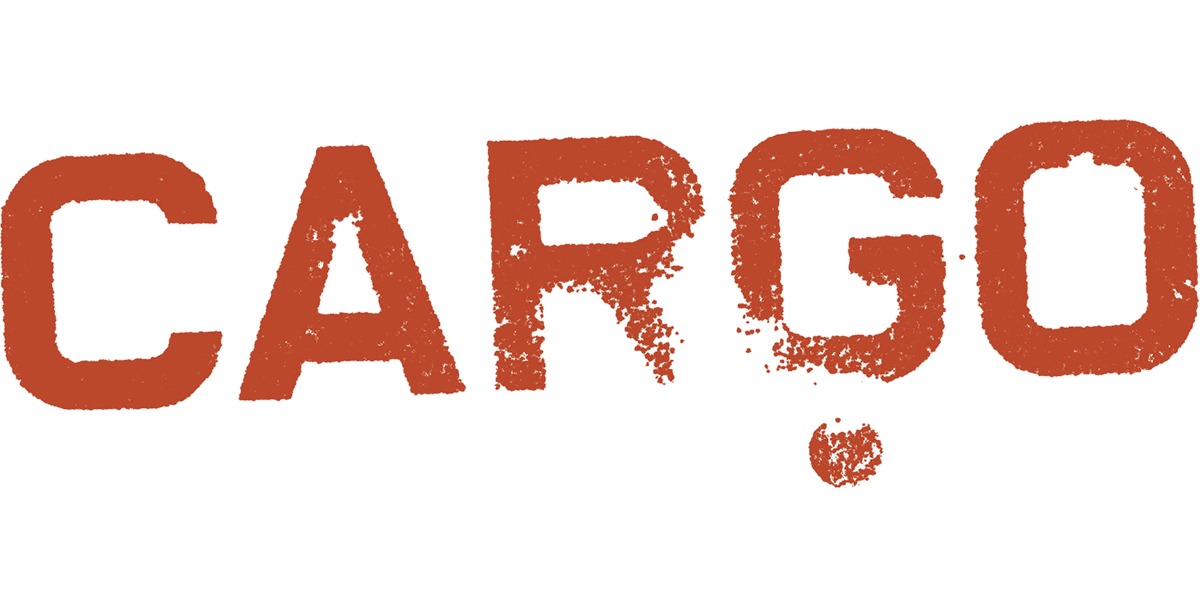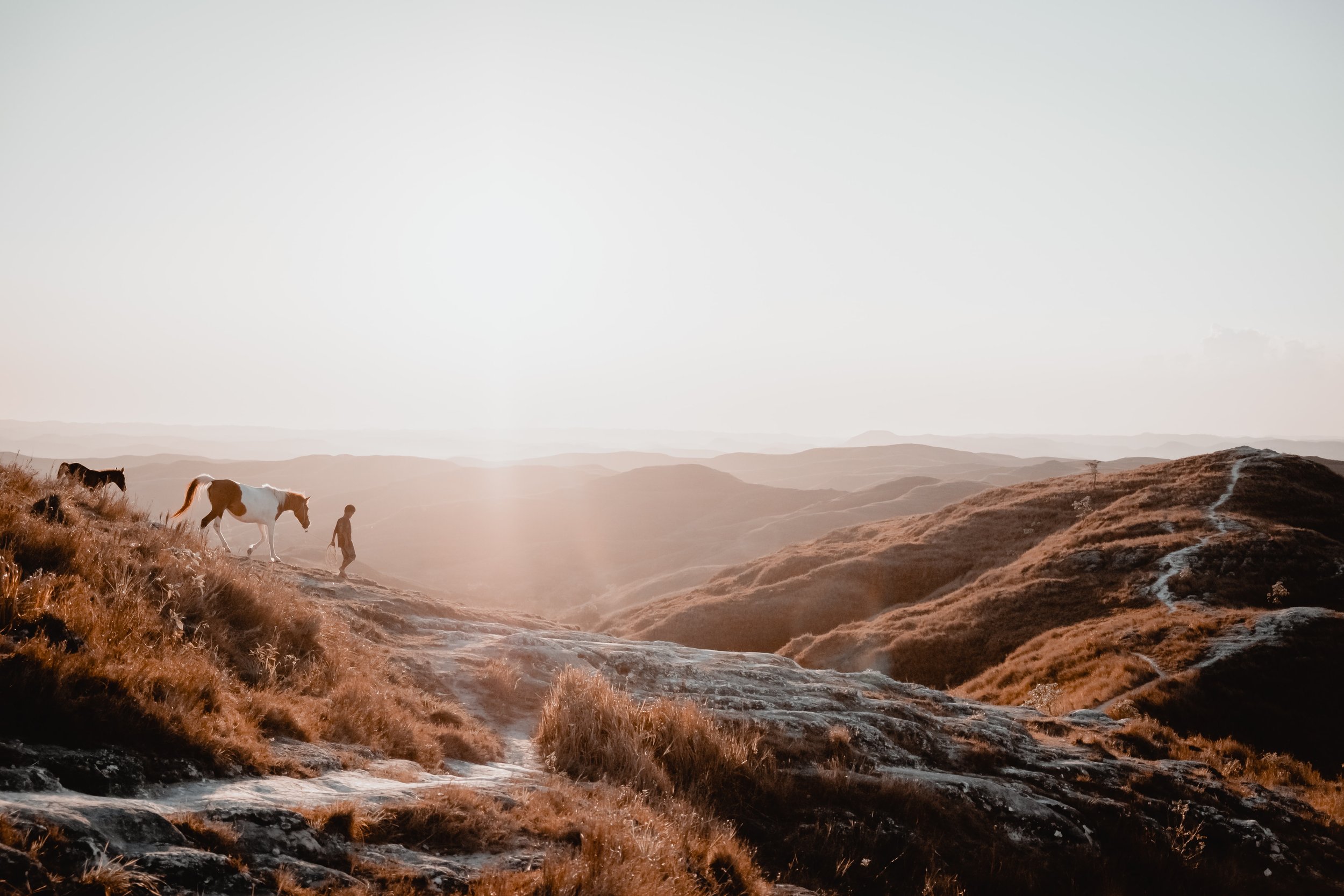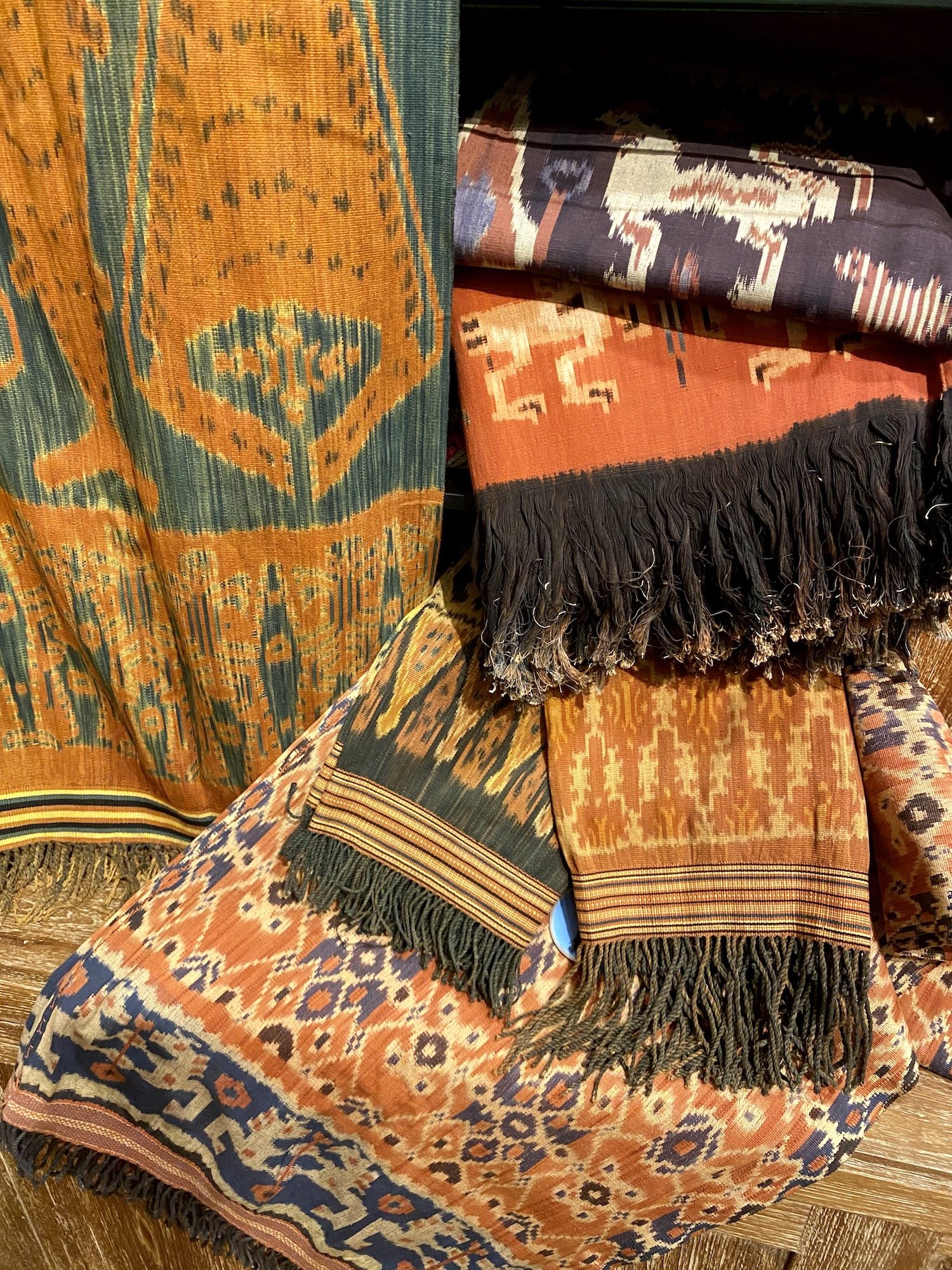The IKAT of SUMBA
Indonesian Ikat textiles hold great significance in the cultural history of the archipelago and provide a window for the rest of the world to glimpse the incredible diversity of the country.
Nestled below East and West Tengarra, over 500 miles east of Bali, rests the island of Sumba. The terrain itself is peculiar for Indonesia, there are no steeply terraced rice fields, no volcanos, no high rises or ornate temples to marvel at. Sumba is a landscape of amber grasslands, dusty sun drenched rolling hills reminiscent of the American Southwest. In the hilltop villages, high peak thatched houses are clustered around megalithic ancestral tombs.
Sumba is a vibrant place where old and new coexist, where historic landmarks and customs live along newly constructed roads, motorcycles, and other modern conveniences. The amazing historic artistic traditions on the island convey tradition and continuity. The most famous of these is Ikat, the renowned Sumba tapestry, each created as an expressions of the intimate relationship with the people and nature.
Not only is the fabric itself is made entirely of locally harvested materials but each motif is deeply imbued with symbolism resonate to the people. In Sumba, each region, and even some individual families, weave within these fabrics their own unique symbology: the prawn represents eternal life, a therianthropic lion can represent power, snakes represent life after death, and floral motifs are expressions of a rich social life and connection to community.
These Ikats are famous for their complex symmetrical patterns, a tradition that signifies the balancing of life’s two great forces in accordance with the ancient practice of Marupa. The result is a fabric that honors nature at its core and tells a unique story that can be passed down through the generations.
Ikat, a term meaning to tie or bind, is made by resist dying cotton yarns before weaving them into a desired pattern of elaborate motifs and patterns on a loom. Finishing a single piece is a difficult, time-consuming process that can take two months to up to a year. The relationship between Indonesia and cotton textiles is robust, established, and widespread. Over the years, the 17,000 islands that make up Indonesia's territory saw various regions perfect their own designs and production techniques.
There are three different methods to produce Ikat; Warp, Weft, and Double Ikat. The Weft technique is well established in South Sumatra and Bali while the Warp Ikat traditions can be found among the Borneo Iban people, the Batak cultures of Sumatra, and throughout the Nusa Tenggara region, from Flores to Sumba.
The construction of each element is a reflection of the changing seasons. The material process begins in July, when the cotton is gathered and spun through till October. As the wet season approaches, the cotton is bound and stored. When the wet season finishes, the cotton is dyed and available for weaving throughout the summer. The extraordinary colors are created organically, produced using leaves and roots from local flora such as noni and indigo.
Each piece goes through 42 steps in the production process, starting with gathering the raw materials and separating the cotton seeds (lamihi), followed by spinning, coloring, and weaving the yarns, creating the patterns and motifs and a detailed inspection upon finishing (wari rumata). The process necessitates the commitment of three to ten craftsmen and the motifs are passed down and taught entirely from memory.
Some of the pieces reflect social status, and even today, it is forbidden to copy designs with royal motifs. The Ikat of royal families is exceptional and rare, and they are happy to show it to guests but would never consent to having it photographed.
The Sumba people are nominally Christians who combine their practice with the ancient animistic system of Marapu. Marapu teachings focus on achieving happiness through the balance of life’s two great spirits, the Great Father (Sun) and Great Mother (moon). The stone megaliths scattering the countryside house effigies for Marapu and offerings to ancestors past. These intricate tombs are still constructed today with modern materials like cement, making Sumba one of the last surviving megalithic cultures in the world.
Today, Sumba exists in a nearly forgotten corner of the country, absent of the major development seen in Java, Sumatra and Bali. However, Sumba was one of the first islands to catch the attention of Dutch traders in the early 1500’s. The Dutch called it Sandel Island referring to the high quality of the indigenous sandalwood.
The Sumbanese are legendary equestrians, long renowned for training their massive water buffalo and strong, brave horses - known today as the Sumbawa Amber Ponies. Descendants of Mongolian battle horses, these incredible animals are reared by local experts in the vast grasslands of the island. Records dating back two thousand years show traders from China, Portugal, the Arab world, India, and the Netherlands coming to the shores of Sumba to trade for horses, sandalwood, spices, and high quality, intricate Ikat textiles.
Sumbanese Ikat textiles have captivated traders and collectors even before the Dutch expansion into Indonesia. They can now be found in museums and private collections all over the world. They are a testament to the sophisticated worldview of a frequently misunderstood culture as well as a genealogical and historical record of a living ancient tradition.
By: Joshua Lee Vineyard






